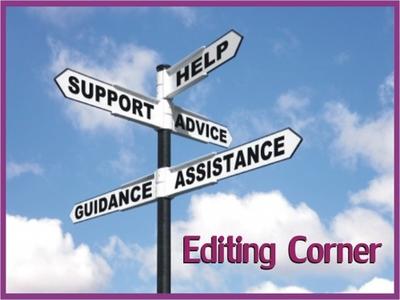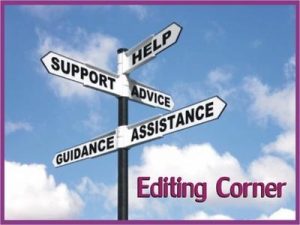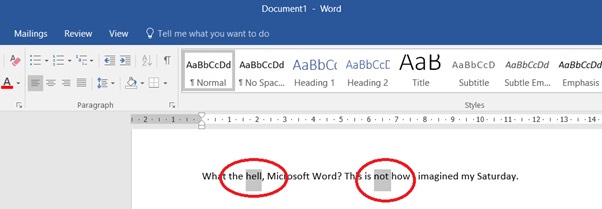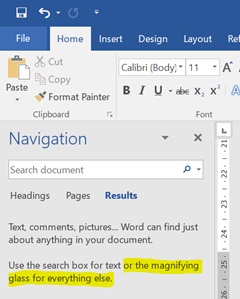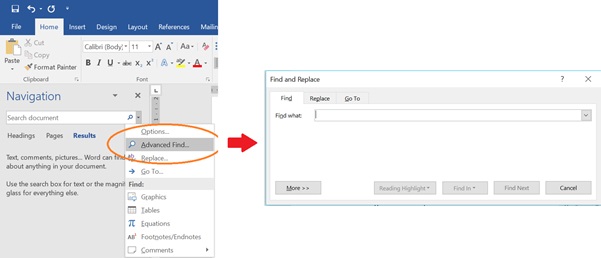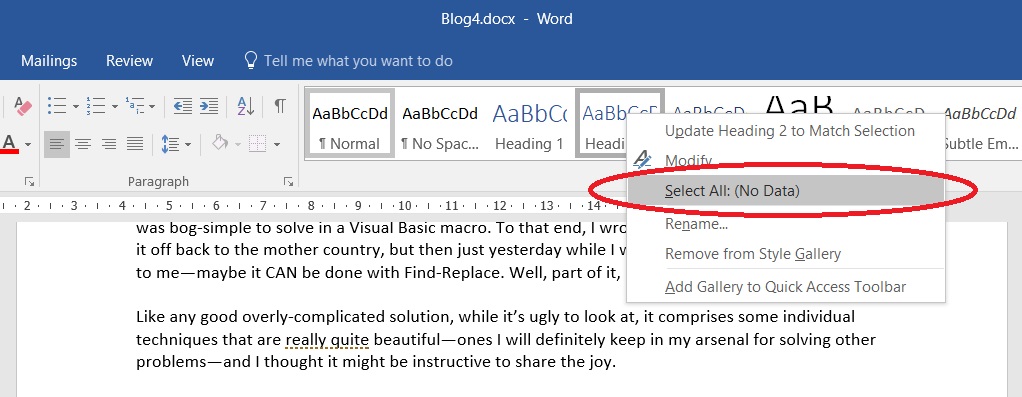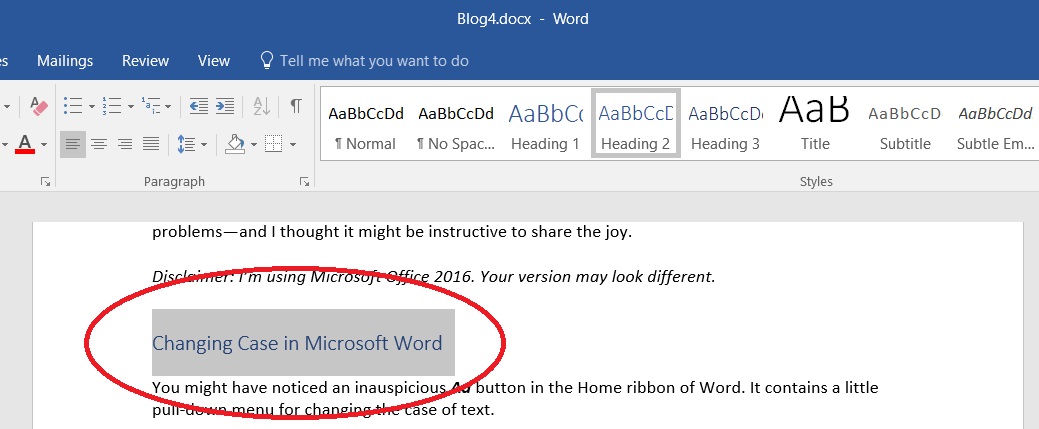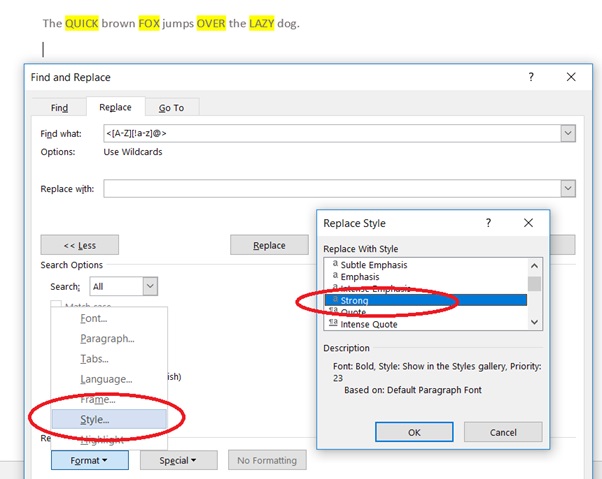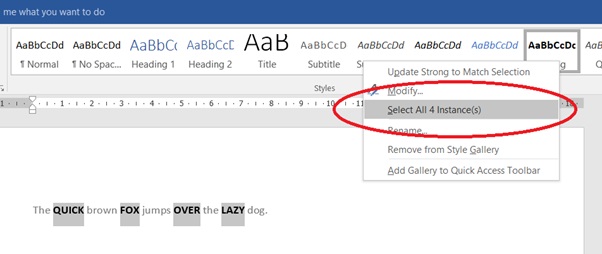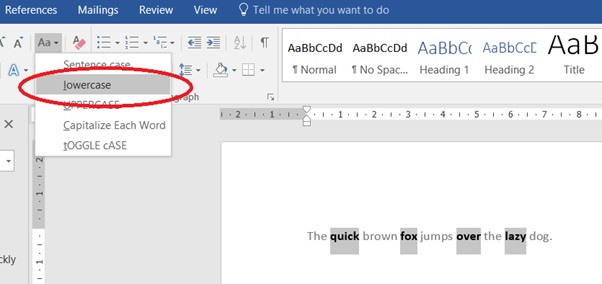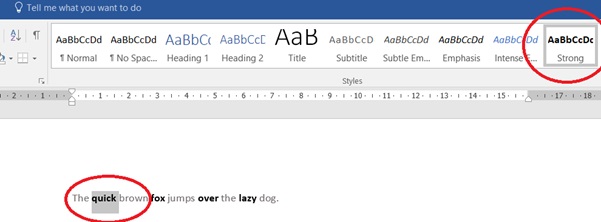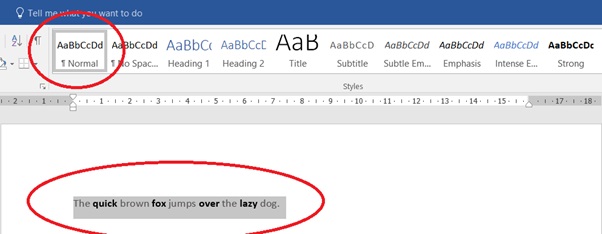The thing that I have learned about writing is that even bad work is useful.
Because whether we agonize over our words or produce them explosively with a mind to go back later and assess the damage, odds are good that whatever we’ve written will either be excised or heavily retooled by by the time we get down to revision. In fact, the odds are good that the very lines I am writing at this very moment, will vanish in the final edit. Such is the nature of the beast.
But one of the few goods things about this beast is that it is much like the Island of the Dead from Pirates of the Caribbean. Cannot be found except by those who helped create it.
Nobody sees the rough drafts. The pages and pages and pages of ideas that don’t pan out. The directions we carve a path towards only to suddenly course correct for reasons we can’t properly explain. This beast belongs solely to the writer and neither looks, nor acts the same from story to story.
Because the funny thing that happens when you write something down, give it form and shape, is that by the end, you at the very least have something to show for it. Now, your beast might be misshapen, or crude, or downright ugly, but however it may look, it still belongs to you. And the hard part that comes when you’ve lived with it long enough, is that if you wait, if you listen to this beast, to the click of its claws and its guttural whispers, you find you’ve got something more.
You’ve got an idea of what the right thing to do is, what the story could look like, if you keep going. Now, this is not a road map, far from it. It’s barely even a compass. But it is a feeling, a pull in a certain direction that you were only able to find by going off in the wrong way. Because sometimes, when you’re not sure which way to go, the only thing you can do is pick a direction and see how it goes, for good or for ill.
Sometimes, if you’re anything like me, you start out with a great plan. Or at least a part of one. You know how a story begins and ends but you get lost somewhere in the middle. The details don’t match up, or change even as you’re writing them, and suddenly you’re lost.
All at once, you stop and you grouse. You moan and you whine. Maybe you even punch a tree (a terrible idea, I speak from experience. But then, after you’ve rested, and taken another look around, you realize that while you might not get to where you wanted to go, you can still get somewhere, even if it is far from where you expected.
Because in writing, unlike almost any other profession, it is only by doing the wrong thing that you figure out what the right thing to do is. And while I know that sounds cliché, like a quote emblazoned across one of those ridiculously expensive journals they sell in trendy bookstores, it is still the truth. And whether we gussy it up or say it plainly, we all need to hear it.
Especially on those nights when all we have is the beast, and no real idea of where we’re going.

